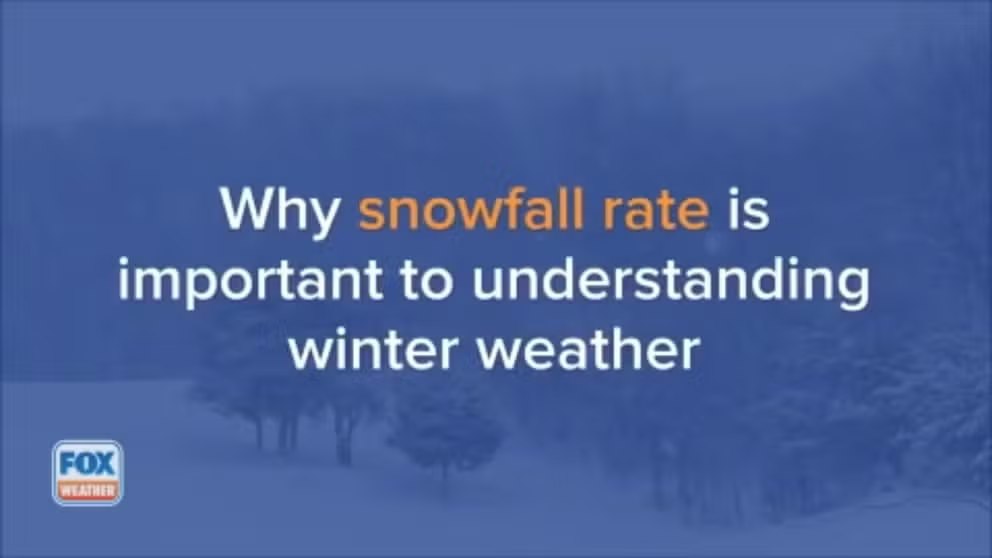Why snowfall rate is important to understanding winter weather
Plus, some jaw-dropping snowfall rates that have been recorded in the US
Why snowfall rate is important to understanding winter weather
When the snow starts to fall, the rate at which it does becomes an important part of the forecast.
When the snow starts to fall, the rate at which it does so becomes an important part of the forecast.
Understanding snowfall rates can help you gauge how quickly conditions will deteriorate.
Here’s a closer look at this measurement and what it means to you.
What is the snowfall rate?
Simply put, the snowfall rate is how much snow falls over a given amount of time. Meteorologists generally talk about snowfall rate as inches per hour.
What is considered a high snowfall rate?
In general, a snowfall rate of 1 or 2 inches per hour is considered heavy. If ground temperatures are low enough, this means that snow will pile up relatively fast. This rate will lead to reduced visibility, meaning the distance a person can see in front of them. Combine snow-covered roads and reduced visibilities and you’ve got a recipe for treacherous driving conditions.
The National Weather Service will usually issue heavy snow alerts when the snowfall rate is expected to be 6 inches in 12 hours or 8 inches in 24 hours.
What is the highest snowfall rate on record?
Snow fell at a rate of about 10 inches per hour in Thompson Pass, Alaska, in 2017. An atmospheric river kept moisture pumping into the region. About 15 inches of snow fell in just 90 minutes and about 40 inches of snow accumulated in 12 hours.
In the Lower 48, the highest snowfall rate on record appears to have happened in Copenhagen, New York, in 1966. That was where snow fell at a rate of 12 inches per hour during lake-effect snow.
